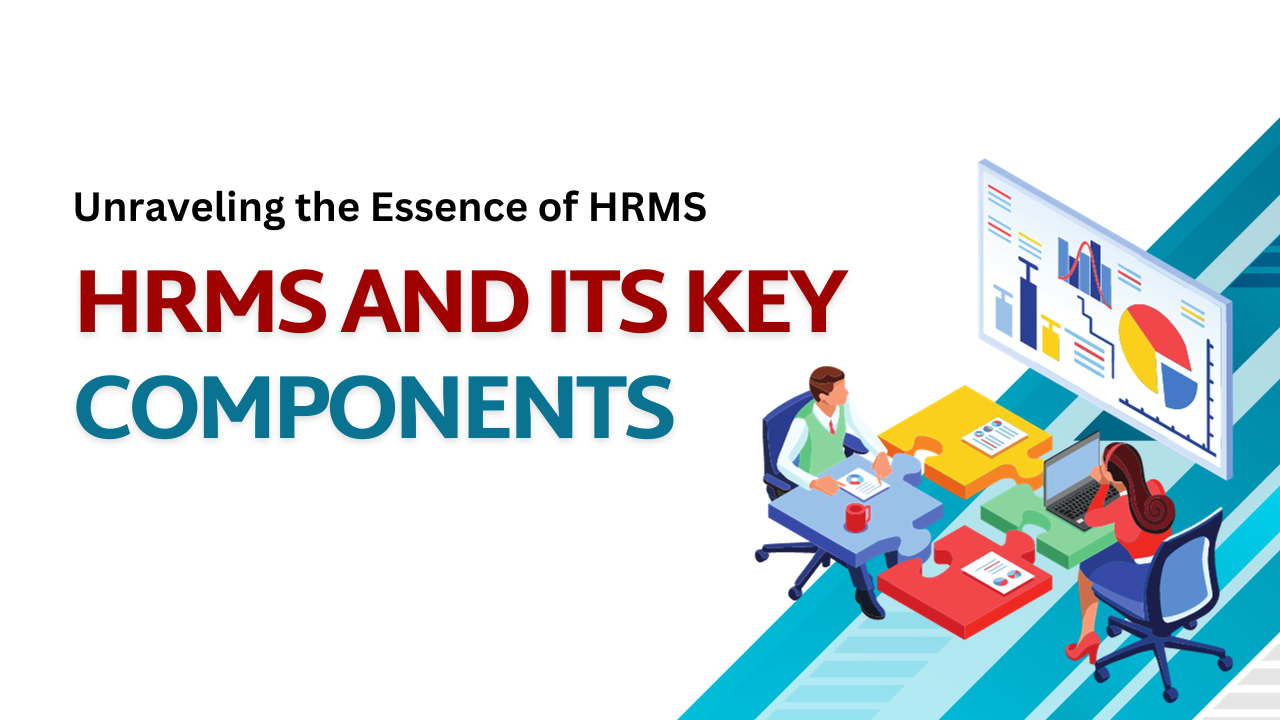
clould erp , custom erp , hrms , business , tech
Introduction:
In the intricate web of business processes, Human Resource Management System (HRMS) emerges as a pivotal component of an Enterprise Resource Planning (ERP) structure. Why, you ask? Well, it's quite simple: because people make the business, not the other way around. In this blog post, we'll explore the key elements that organizations should consider when building a robust HRMS tailored to their unique DNA.
1. Application Management / Contract Management (Recruitment):
The first cornerstone of a comprehensive HRMS is Application Management, particularly focusing on the recruitment process. Whether your organization hires frequently or not, having a centralized system to handle the entire hiring journey is invaluable. This includes storing documents such as contracts, offer letters, and other relevant information from recruitment to appraisal and employee release.
2. Employee Management:
The second pillar revolves around Employee Management, where essential data, documents, and historical records are stored. Accessible at any time, this feature supports role-based access, facilitating informed organizational decision-making.
3. Timesheet & Leave Management:
Understanding that each organization has its unique metrics for measuring employee shifts and working days, the third aspect addresses Timesheet and Leave Management. This includes variations in In/Out Time, Location, Overtime, Delays, Late Mark Mechanisms, and customizable leave approval processes.
4. Performance and Compensation:
The fourth dimension is Performance and Compensation, often tied to Timesheet data but extending beyond mere attendance. Some organizations incorporate additional parameters such as task completion, punctuality, and skill set growth to track employee performance.
5. Payroll:
Seamlessly linked to Compensation, the fifth component is Payroll. Once compensation is established, organizations can efficiently manage employee payments, generate bulk salary slips, configure base payout structures, and handle deductions.
6. Training and Royalty Programs:
Recognizing the importance of information growth as organizations expand, the sixth segment emphasizes Training and Royalty Programs. Storing crucial information hierarchically through videos, infographics, and small courses can significantly reduce costs employee training and upskill cost. Custom HRMS also allows for the introduction of department-wise starter videos and employee benefits programs to keep the workforce engaged and informed.
Additional Considerations:
Beyond these key elements, organizations can integrate org charts, document sharing hierarchies, internal process management, and more to elevate efficiency. While pre-built HRMS solutions flood the market, the blog advocates for a custom ERP approach, emphasizing that one size doesn't fit all.
Conclusion:
In conclusion, a customized cloud HRMS stands out as the optimal choice. Every organization possesses a distinct DNA, and addressing their challenges requires tailored solutions. As a guiding mantra, remember RTMERM: Recruit, Train, Manage, Evaluate, Reward, and Motivate—a concise formula for crafting a superior HR system that aligns seamlessly with your organizational goals.